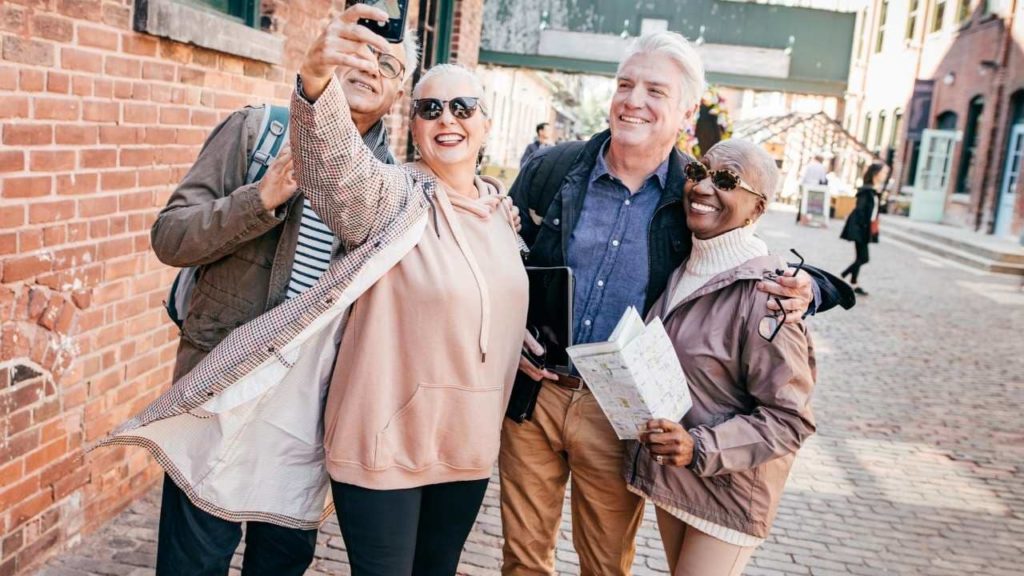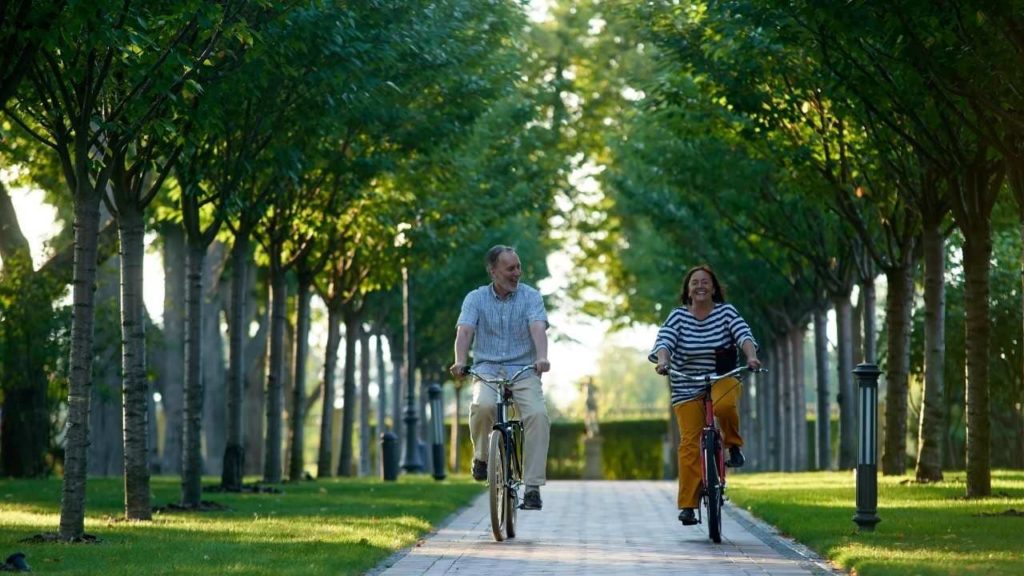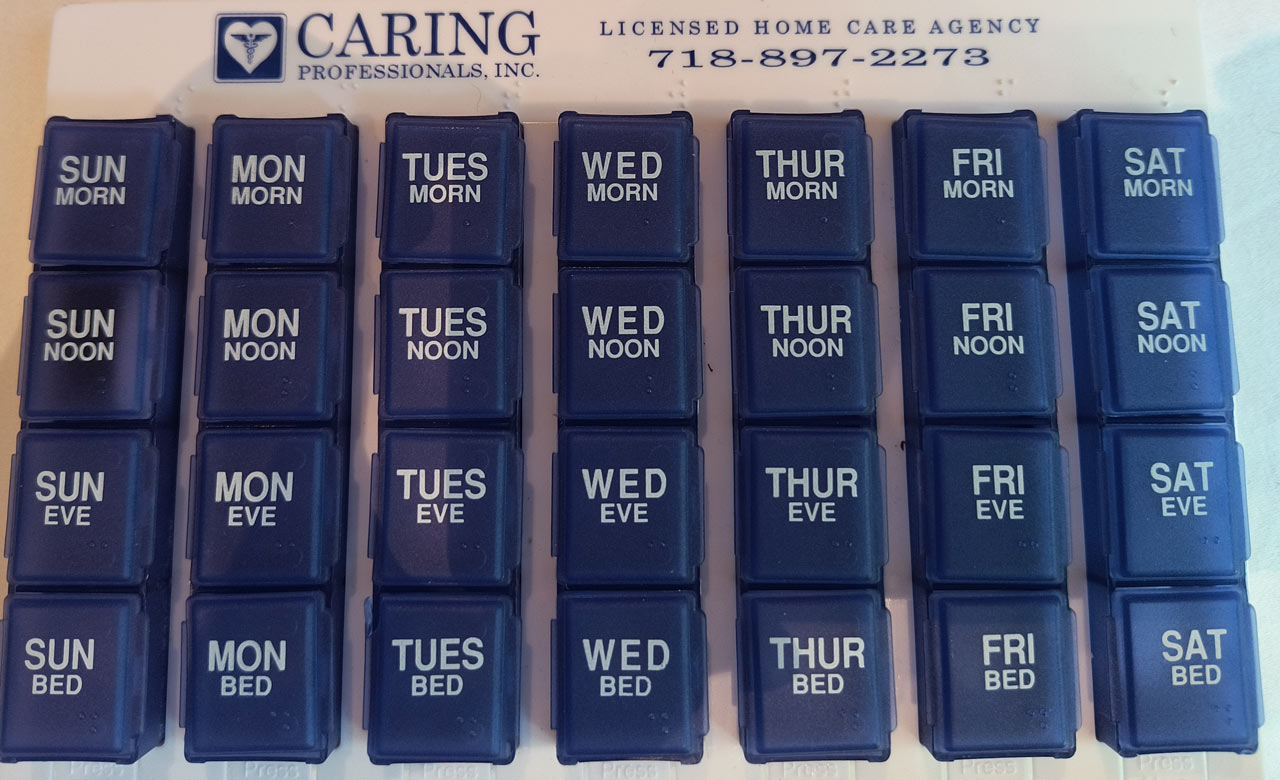Thinking about Moving Near the Kids? Is Retirement Ever Present on Your Mind?
It’s become very popular to move closer to our kids. Many are talking about this trend, even if they haven’t committed to transplanting themselves yet.
It’s not just about proximity. Financing our golden years has been a concern for a long while: before, during, and after the kids left home. The demand for real estate is influencing the decision of middle aged folks to sell their homes now; the high prices our homes command may not last. Loss of retirement income because of recessionary trends and inflation is scary. This may be a good time to sell our empty homes, downsize, and add to our nest eggs for many reasons. Is it?
The pandemic exacerbated our awareness of our vulnerability and how important our proximity is to our children who may become our caregivers. We will become more dependent, not less.

The bald facts are that more than four out of five Americans either cannot retire or will not be able to maintain their pre-retirement lifestyle when they do. Retirement looms large in our psych, hopefully it will be a long retirement for most of us, but how can we make it a happy one? Is socking away money and managing it wisely the only thing we can do to plan for retirement, wherever it will happen? Will retirement ultimately be as enjoyable as we imagine it to be?
Wes Moss’ new book called “What the Happiest Retirees Know: 10 Habits for a Healthy, Secure, and Joyful Life” points us in some fresh directions. He is an acclaimed financial planner who surveyed 2,000 households in the US whose members were retired or close to retirement. He and his team carefully made respondents rank their happiness and practices in a detailed fashion. Then they crunched the numbers. The findings tell us what he calls the happiest retirees on the block do and don’t do.
Are these habits a magic formula?
It seems that following the social, financial, personal, and health habits in the book will increase the likelihood that you will be able to retire earlier than most and you will be happier. Moss’ research supports the formula: Money + Health + Connection = Happiness. Looking closely at each of the factors is worthwhile.

Money
Money is usually the biggest worry. If one is not actively increasing one’s income through work, outliving one’s resources seems likely. The happiest retirees on the block have at least $500k in liquid savings for retirement. Their mortgage is paid off or close to it (within five years). Their income streams post-retirement are varied. In other words, they have various resources: social security, pensions, part-time jobs, annuities, and other passive income. In other words, they are not reliant on one set of dollars. This is not only logical and prudent but it is proven by his surveys.
Moss offers a three-step Fill the Gap strategy to understand how much money you need in retirement and how much your investments have to contribute to meet that need. Identifying the gap to fill and adjusting it for inflation and spending changes will ensure the adequacy of the nest egg you are building.
Investment behaviors of the happiest retirees focus on the long term. They avoid risky financial decisions. They are prudent and balanced in their spending. They do not deprive themselves even though they generally prioritize saving over spending. They do not support their adult children. The latter are financially independent and have moved out.
There is one more major point to make about money. Moss finds that more is not always better. There is a point at which the security/happiness derived from more money plateaus.
Health
The next factor in the formula is also logical and prudent. The happiest retirees on the block take their health seriously. They are physically active in high impact activities, maintain a healthy diet, and consume alcohol in moderation. They walk, golf, swim, hike or cycle regularly.
Connection
The connection factor is more complex. It involves family and social behaviors that directly impact expressed happiness.
Living near 50% + of your kids is a factor in retiree happiness. We know that but he proves it! He finds that the happiest retirees are those that have kids who are not further than a day’s drive. And that the children do come to visit and stay in the home. In other words, there is a happy balance between close-knit connection and freedom within the family.
Faith & Community
The happiest retirees do not downsize; they stay in their communities and enjoy their social networks and family nearby. They attend a worship service at least once a week. This behavior is linked to both a faith system as well as belonging to a community.
Volunteering
The uniqueness of a faith-based community is that it’s multi-generational as opposed to social, sport, exercise, or hobby groups. Such a community offers a retiree a natural place to volunteer and perform acts of service. The happiest retirees love volunteering time, resources, and energy to great causes, which add significant meaning to their lives.
Friendship
Having at least three close friendships makes for happy retirement, Moss found. Unlike the first factor in the formula, money, the more close connections you have, the happier you will be during these years. Belonging to groups and traveling with friends are helpful, but maintaining relationship is pivotal. Social investment through time, energy and effort will maintain those social connections.

Core pursuits
Fear of boredom during retirement is real. Happy retirement is the curious, engaged retirement. People who develop strong, passionate interests even before they stop full time work will be much happier. This is not about the long-postponed hobbies you will take up once you pack up your job and go home. Moss calls them core pursuits in which you are already invested one way or the other. They involve activities, participation, and time. These fulfill you in a creative sense; they don’t just occupy you but connect you with meaning and people. His work suggests that having 3.6 core pursuits is crucial because they spark joy, happiness, and growth.
Core pursuits vary from person to person, naturally, but the top ones are travel, family activities (grandkids included), sports, and volunteering. The latter is most common, as making the time to give back for a particular population or a cause is a particularly meaningful plan for most Americans. Mentoring and teaching others your skills accomplishes the same need. To help you identify your core pursuits early on, Moss offers a core pursuits locator and identifies 100 core pursuits.
Paying attention to income, body, and connection will help you find retirement happiness, according to this realistic, research-based book. Let’s begin to do it now so that we can really enjoy the big change during our senior years. It’s not only about money and location. Self-awareness and investment in these healthy habits will go a long way towards a happy, and fruitful retirement.
Similar Articles from Caring Professionals






